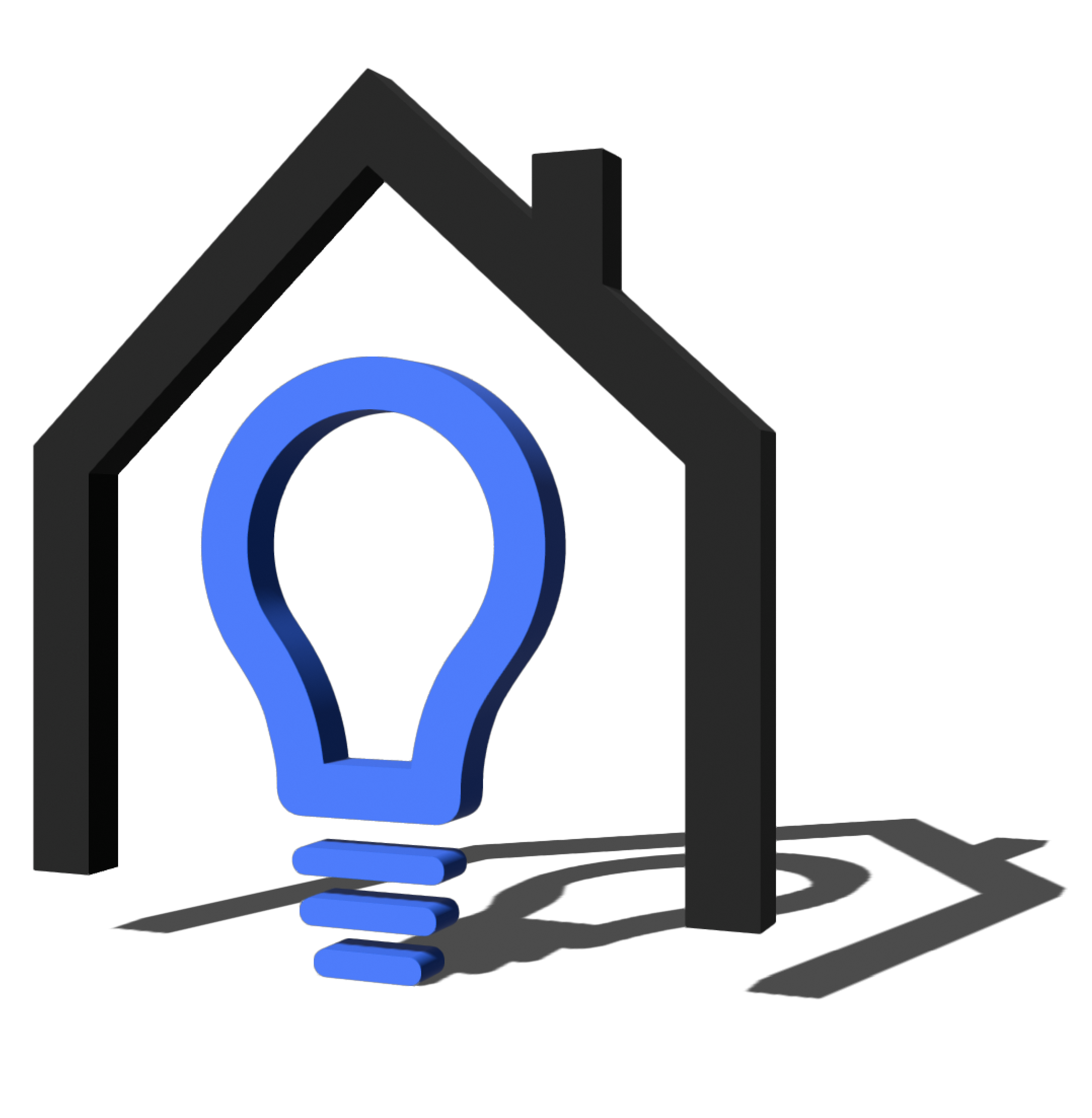Better Homes Peterborough
Tips for Energy Savings in your home.
Practical and easy to implement energy savings tips to reduce your home’s energy consumption
In the kitchen:
Cooking
- Meal planning: Strategically plan your meals to consolidate oven use, such as cooking multiple dishes at once or choosing days when you cook less frequently.
- Batch preparation: Cook in bulk; preparing large quantities of food in one go minimizes how often you need to fire up the oven or stove.
- Pan precision: Ensure your cookware matches the size of your stove’s burners to avoid wasting energy on heating unused space.
- Heat retention with lids: Cover your pots while cooking to keep heat in, significantly reducing cooking time and energy consumption.
- Energy-efficient cookers: For meals that require long cooking times, opt for pressure cookers or slow cookers, as they generally use less energy than an oven.
- Microwave magic: The microwave is your friend for small meals or reheating. It offers a quicker, less energy-intensive alternative to the oven.
Refrigeration
- Temperature tuning: To balance preservation with efficiency, set your fridge and freezer to energy-saving temperatures, ideally 3°C for the fridge and -18°C for the freezer.
- Seal checks: Regularly inspect and replace the seals on your refrigerator doors to ensure no cold air escapes, keeping your cooling costs down.
- Efficient storage: Keep your refrigerator sufficiently stocked for better cold retention, but avoid cramming it too full to allow for air circulation.
Dishwashing
- Full loads only: Run the dishwasher only when full to maximize energy efficiency.
- Air dry option: Use the air-dry setting instead of heat dry to save energy.
- For hand-washed dishes: If hand washing, fill the sink with water rather than let it run continuously.
General Practices
- Phantom load prevention: Unplug kitchen devices when they’re not in use to eliminate energy drain from standby modes.
- Pipe insulation: Wrap your under-sink hot water pipes with insulation to reduce unnecessary heat loss.
- Water conservation: Fit your faucets with low-flow aerators to decrease hot water use, thus saving energy.
- Appliance care: Maintain your kitchen appliances by cleaning filters and vents to keep them running smoothly and efficiently.
In the laundry room:
Washing machine
- Fabric sorting: When washing, group garments by fabric type to ensure each piece dries uniformly, avoiding over-drying more delicate items.
- Load management: Wait for a full load before starting the wash, maximizing the efficiency of each cycle. However, avoid stuffing the machine; clothes require room to move for optimal cleaning.
- Water level adjustment: If your washing machine can adjust water levels based on load size, use this feature to conserve water.
- Cold water preference: Where possible, opt for cold water washes. Modern detergents are formulated to clean effectively in cold water, reducing the energy used for heating.
- Quick wash options: For clothes that aren’t heavily soiled, use the quick wash setting to save both time and energy.
- Spin cycle efficiency: A high-speed spin cycle can extract more water from clothes, reducing the time and energy needed for drying.
- Prompt transfer: Move clothes to the dryer or drying rack immediately after washing to minimize the need for re-washing due to dampness.
Drying
- Natural drying: Air dry clothes when possible, either outside or on an indoor rack, to bypass the energy consumption of a dryer.
- Dryer maintenance: Ensure the lint trap is cleaned before each use to keep air flowing freely, which speeds up drying.
- Dryer balls or towels: Introduce wool dryer balls into the load to separate clothes for better air circulation, reducing drying time. Alternatively, a dry towel can absorb initial moisture, but remember to remove it once it gets wet to maintain efficiency.
- Ironing efficiency: Only iron when necessary and do it in batches to keep the iron’s heating time to a minimum.
Energy Saving Features
- Eco modes: Use energy-saving or eco modes on your appliances to balance cleaning performance and energy use.
- Time-of-use benefits: If your utility offers time-of-use pricing, you can schedule your laundry during off-peak hours, potentially lowering energy costs.
- Machine care: Regularly clean your washing machine, mainly the drum, to avoid buildup that could decrease efficiency.
- Seals integrity: Check and maintain the seals on your washer and dryer to prevent energy loss through air leaks.
